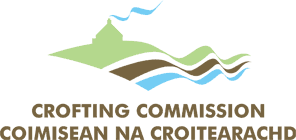To ensure all applications are handled fairly and efficiently, we have a two-tier system for making decisions. The level at which your application is handled depends on its complexity.
How decisions are made
We use a set of criteria called 'parameters' for each application type. These parameters determine which tier your application is processed at.
Tier 1: Straightforward cases that meet all parameters (eg no objections). These are approved quickly by a casework officer.
Tier 2: More complex cases that breach one or more parameters. These are handled by senior staff and take longer to conclude.
Board decisions: The most complex cases, or those excluded from the delegated process, are decided by our board. This is the most in-depth and lengthy process.
How long will my application take?
The timescale depends on which tier your application falls into. The more complex the application is, the longer it will take.
Tier 1 (straightforward case)
- Checks (Up to 6 weeks): We check all information and maps. We might contact you for more details, which can cause delays.
- Advertising (Up to 8 weeks): Most applications are advertised for 28 days to allow for public comments.
- Decision: If all parameters are met, a casework officer can approve the case.
Total time: We aim to complete Tier 1 cases within 16 weeks, but they can take up to 30 weeks due to high volume.
Tier 2 and board decisions (complex cases)
These cases take longer because they involve additional steps.
- Objections: If we receive an objection, the case immediately becomes a Tier 2 case.
- Scottish Government Rural Payments and Inspections Directorate report: We may need a report from the Scottish Government on the technical details of your application. This can add 6 to 12 weeks to the process.
- Tier 2 decision: A Tier 2 meeting takes place weekly. The team can approve, refuse, or escalate the case to the board.
- Board decision: For the most complex cases, all commissioners consider the application. This stage can add up to 30 weeks to the process.
Total time: A Tier 2 case can take up to 44 weeks, and a board-level decision can take up to 71 weeks.
